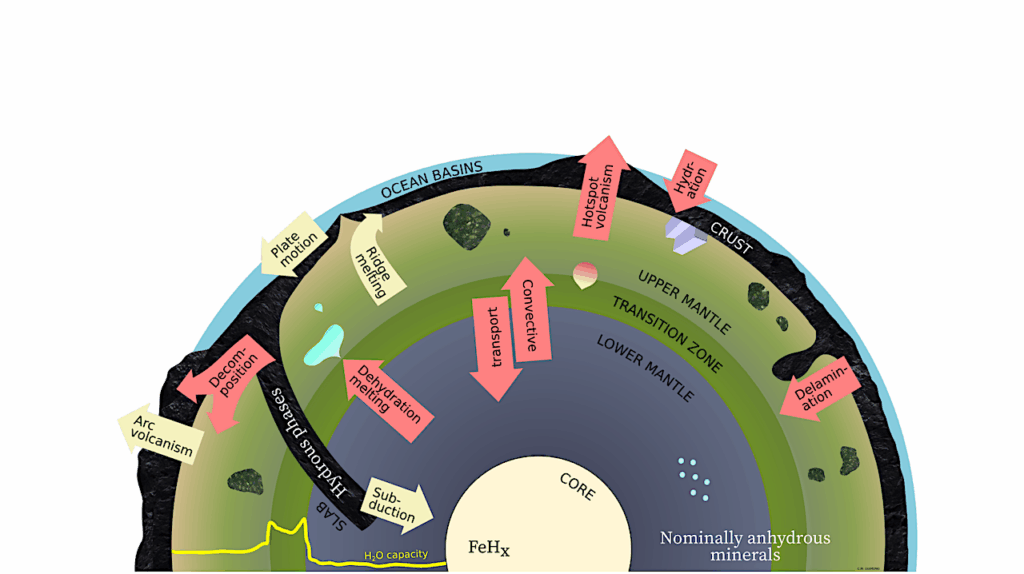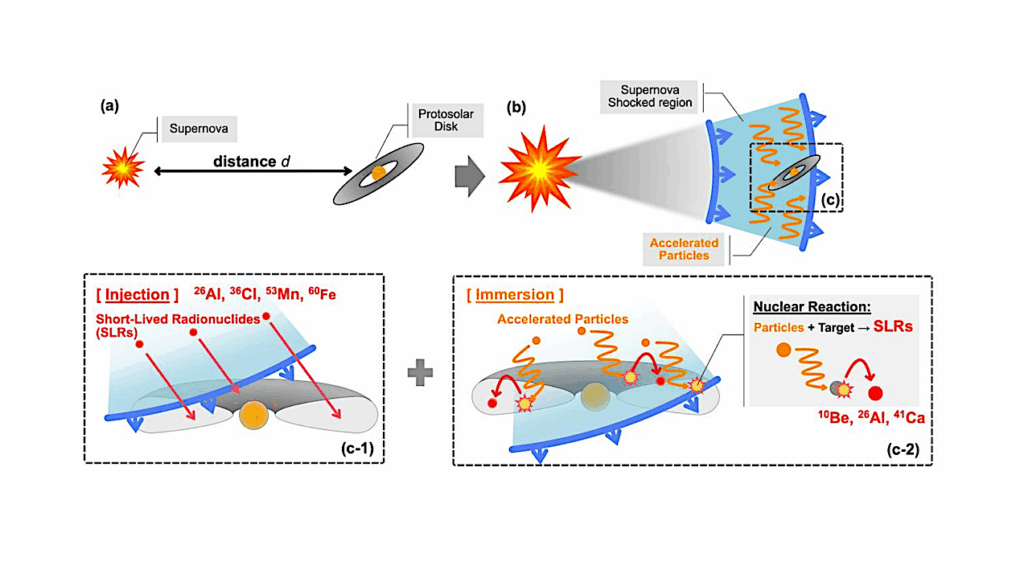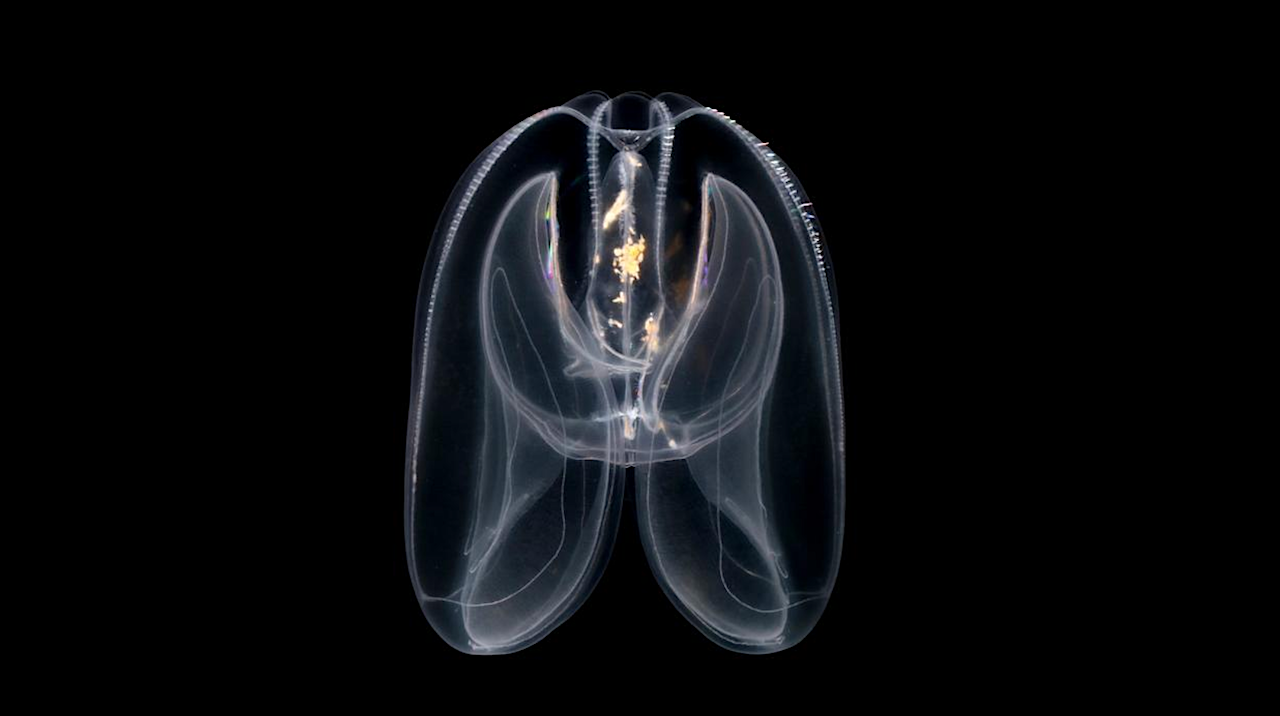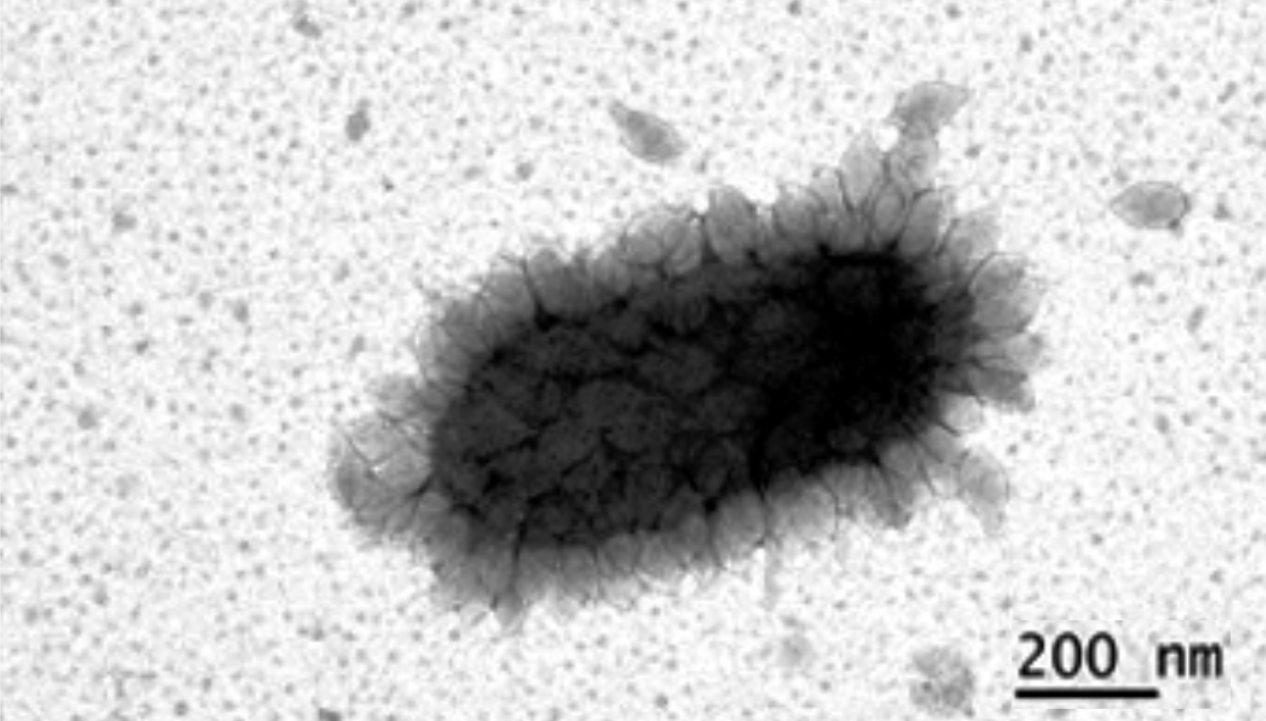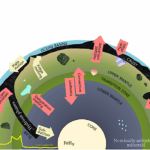Now Reading: Sunlight Unlocks Secrets As To How Earth Works
-
01
Sunlight Unlocks Secrets As To How Earth Works
Sunlight Unlocks Secrets As To How Earth Works


A Sun halo —one of countless ways sunlight interacts with our planet Credit Si Gao
When our planet and the incoming sunlight align just right, stunning phenomena such as rainbows and halos can occur. More often, sunlight – or shortwave radiation – interacts with Earth in subtle but curious ways.
A new perspective study, published in Advances in Atmospheric Sciences, lays out how shortwave radiation research has led to improved fundamental understanding of Earth. The study also shares exciting prospects for how such advances can continue into the future.
Scientific insights derived from shortwave radiation have an extensive history. “There has traditionally been a lot of interest in understanding shortwave radiation variability” said author Jake Gristey with the University of Colorado’s CIRES, also affiliated with LASP and NOAA’s Chemical Sciences Laboratory. “Real world applications that directly benefit society are numerous, from agriculture to renewable energy to air quality”.
In the new study, Gristey highlights three examples of shortwave radiation research that have received notable recent attention.
First, a key challenge for current computer models of the atmosphere is pointed out: shortwave radiation is almost always represented in a series of separate columns. “Shortwave radiation transport in the horizontal direction – or between columns – is therefore unaccounted for” said Gristey. It is shown that horizontal shortwave radiation transport will be increasingly important for accurate simulations as atmospheric models continue to move toward finer spatial grids, demanding new research.
Second, satellite measurement gaps at different times of the day are discussed. “Shortwave radiation reflected by Earth can change drastically throughout the day, but many satellites only measure limited parts of the day” Gristey added. He argues that recent developments in small satellite technology and sensor miniaturization could be used to address this important measurement gap with a cost-effective constellation of small satellites in the near future.
Third, the spectral structure of shortwave radiation is addressed. “Shortwave radiation is actually composed of a spectrum of different colors – or wavelengths – that hold vast information” claimed Gristey. It is demonstrated that changes in the Earth’s surface and atmosphere could be inferred from satellite measurements of spectral reflected shortwave radiation. Gristey expects an upcoming fleet of satellites to fuel further advances in utilizing spectral shortwave radiation to understand Earth.
The new study is part of a special issue for the International Radiation Symposium 2024, where Gristey delivered a lecture on these perspectives as recipient of the 2024 International Radiation Commission Young Scientist Award.
A Perspective on Shortwave Radiative Energy Flows in the Earth System, Springer
Astrobiology
Stay Informed With the Latest & Most Important News
-
 012024 in Review: Highlights from NASA in Silicon Valley
012024 in Review: Highlights from NASA in Silicon Valley -
 02Panasonic Leica Summilux DG 15mm f/1.7 ASPH review
02Panasonic Leica Summilux DG 15mm f/1.7 ASPH review -
 03From Polymerization-Enabled Folding and Assembly to Chemical Evolution: Key Processes for Emergence of Functional Polymers in the Origin of Life
03From Polymerization-Enabled Folding and Assembly to Chemical Evolution: Key Processes for Emergence of Functional Polymers in the Origin of Life -
 04How New NASA, India Earth Satellite NISAR Will See Earth
04How New NASA, India Earth Satellite NISAR Will See Earth -
 05And Thus Begins A New Year For Life On Earth
05And Thus Begins A New Year For Life On Earth -
 06Astronomy Activation Ambassadors: A New Era
06Astronomy Activation Ambassadors: A New Era -
07SpaceX launch surge helps set new global launch record in 2024












